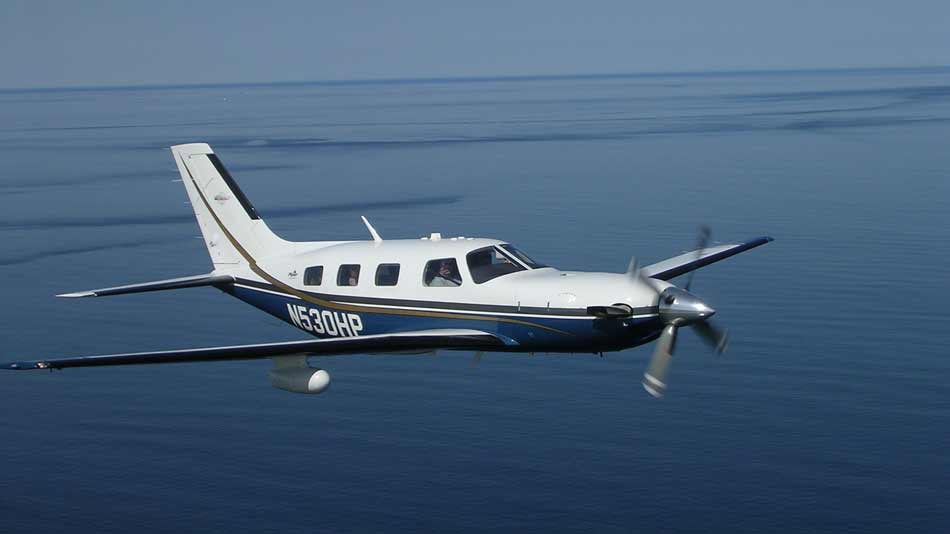What is required and what is the smart thing to do.
At the annual inspection or at a pre-purchase inspection is when many owners find out the current status of the airworthiness directives and service bulletins that apply to their PA46. Some sellers advertised their aircraft as having full compliance only to be very disappointed later. The owner and operator must make sure that the AD note compliance is current for flight. Keeping a listing of the status of one time and recurring AD notes for each aircraft has always been understood as mandatory.
It’s exactly how you choose to keep track of their status that has never had a clear standard in general aviation. Something as simple as the AD note entry of compliance in the logbooks is often considered as an acceptable record. I encourage all owner take an active part in understanding what the AD note status is.
It’s the recurring ADs that can cause a problem for an owner. One example is on the Mirage or Matrix, Lycoming AD 2015-19-07 fuel injection line inspection, which is due every 110 hours or fuel injection line removal and reinstallation (whichever occurs first). If you overfly the 110-hour inspection interval, the aircraft is no longer legal to fly until it’s inspected and signed off.
While an FAA ramp check seldom results in research of all possible AD notes, an accident investigation check of the status can bring these past-due AD notes to light even if it wasn’t the cause of the accident. A Mirage owner was grounded after the FAA checked the logbooks at a check ride.
It’s possible that owners put a lot of trust that their shop has actually brought the AD notes up to date at the annual inspection. Keeping a simple roster of the recurring AD notes handy will help keep you up to date and out of trouble. I have always felt that an accessible list of recurring AD notes on a card is easy to keep track.
The manufacturer has “mandatory” printed across the top of their service bulletins. Are you required to perform service bulletins?
Most Part 135 air taxi operators are required to comply with service bulletins. PA46 owners who are operating under Part 91 rules and are not legally required to comply with anything except AD notes.
There are many reasons to perform service bulletins:
- Enhance safety and improve reliability. The best example is Piper SB 1103f, the engine mount inspection. Broken engine mounts and collapsed nose gears have been a problem for the fleet since the early 1990s. This service bulletin has been overlooked to many times.
- Compliance is often covered by the manufacturer’s new aircraft or engine warranty programs. Thus, many people often miss the opportunity for the manufacturer to cover the expense. For aircraft under factory warranty, it’s possible for the manufacturer to reject payment on a service bulletin if it’s past the ending date on the bulletin. So many owners have missed out because they didn’t know. I was just in a shop recently that said, “we don’t do service bulletins at the annual.” Many times, the owners will assume that the shop is keeping their aircraft is up-to-date only to get the bad news at a pre-purchase inspection.
- Get them done early. Manufacturers special pricing is normally in effect for only a short time. Most manufactures typically have a short period of time that they keep the price of parts low to encourage compliance. At some date many will increase the price of the parts required for service bulletin compliance.
- Compliance improves the value of the aircraft at resale. It’s so nice to find an airplane that has complete compliance with all service. A complete listing of the status of all service bulletins is of great help when selling the airplane’s “perceived value.” A complete listing will help enhance the value of the airplane.
- At times, a service bulletin can become an AD note making compliance mandatory. Some service bulletins have made their way to actually becoming an AD note. Many bulletins didn’t progress any further that actually should have raised the concerns of the FAA. A very good example is Piper SB1103f. Despite the number of engine mount failures, it’s hard to believe that the FAA never issued an AD note to make the mount inspections mandatory. Some of the manufacturers are slow to make corrections to ongoing problems, but an AD note certainly picks up the pace of compliance. It’s not uncommon to find an AD that was not signed off in the logbooks when the associated service bulletin action was completed at an earlier date. In the end a logbook entry must be made to finalize the AD note or to indicate when the next compliance is due.
Most of the aircraft paperwork falls into gray areas leaving plenty of confusion for the shops and owners. It doesn’t help when the FAA hasn’t established clear standards. In the next article, I’ll talk about POH revisions, and instructions for continued airworthiness.
Kevin Mead developed his love for aircraft maintenance and learned to fly while working alongside his father at Mead Flying Service in Lyons, Kansas. He has worked on a wide variety of aircraft over the course of his 34-year career, but has specialized in the PA46 since 1984. After stints as director of maintenance for shops on both coasts, Kevin founded Mead Aircraft Services, Inc., in 1998. He has been the technical adviser for the MMOPA, an advocacy group for PA46 owners, since 1990, and has lectured widely in the United States and Europe on PA46 maintenance topics. He is a regular contributor to MMOPA Magazine.
by Kevin Mead


